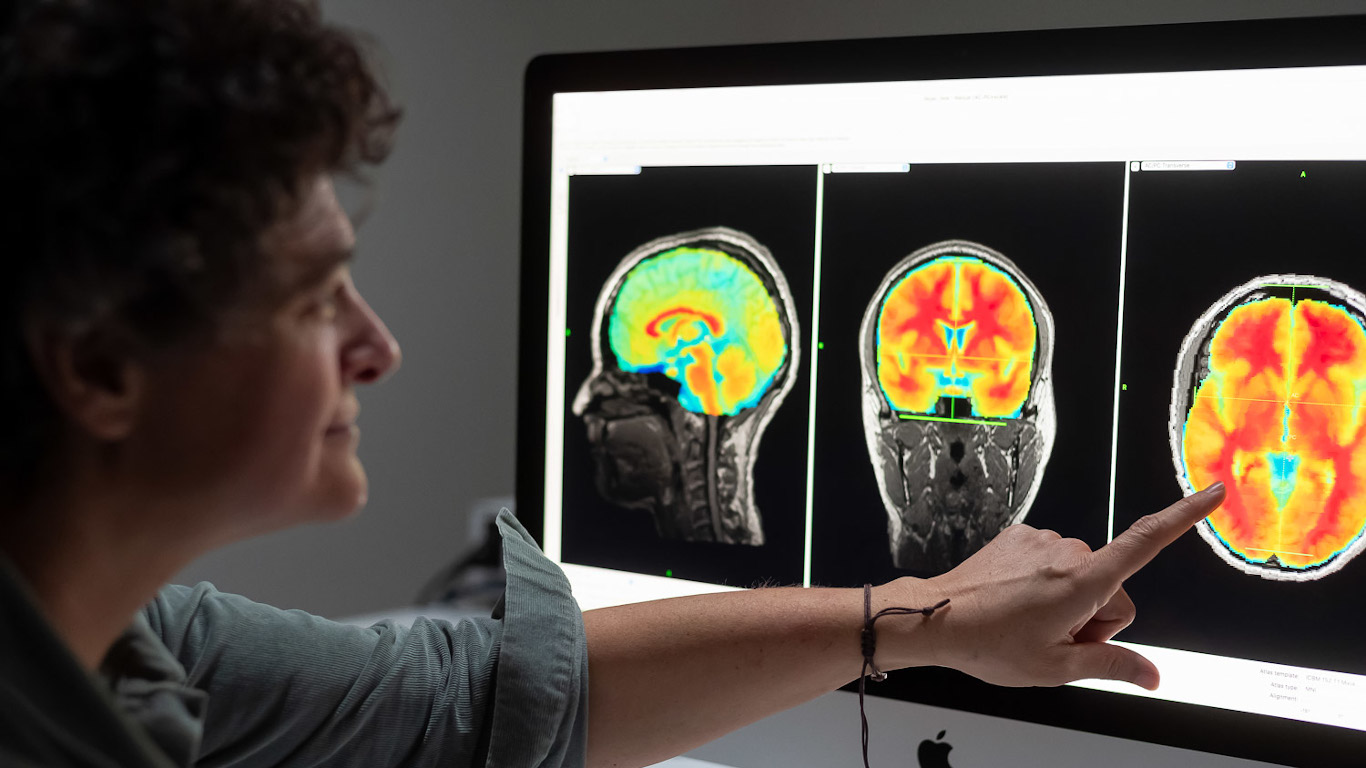
Emotion and Social Cognition
The aim of this line of research is to clarify the relations between attention, cognitive control, personality, and emotion.
Central questions are:
-What attentional mechanisms are mediated by anxiety? -How the different types of anxiety (state, trait, clinical) modulate attention? -What are the relations between cognitive control and emotional regulation?














